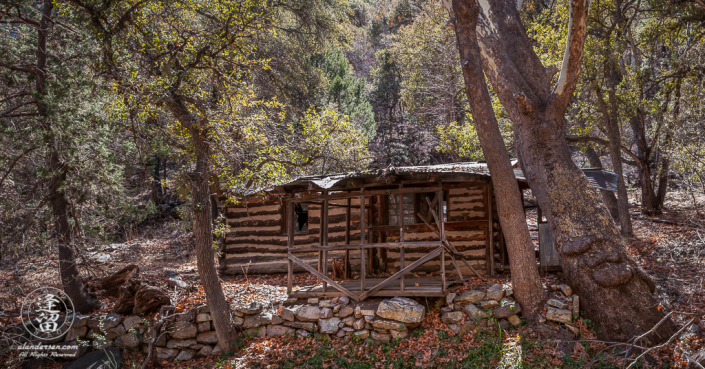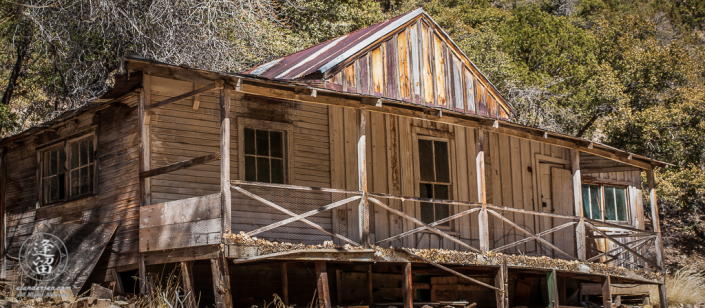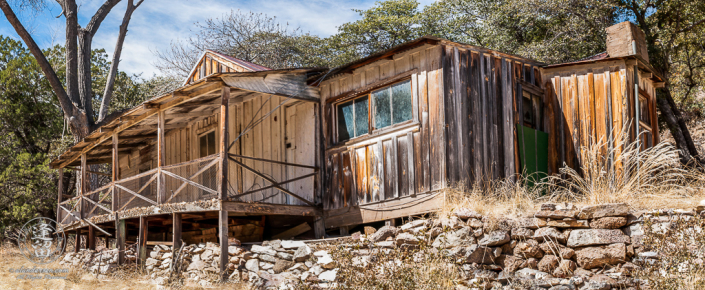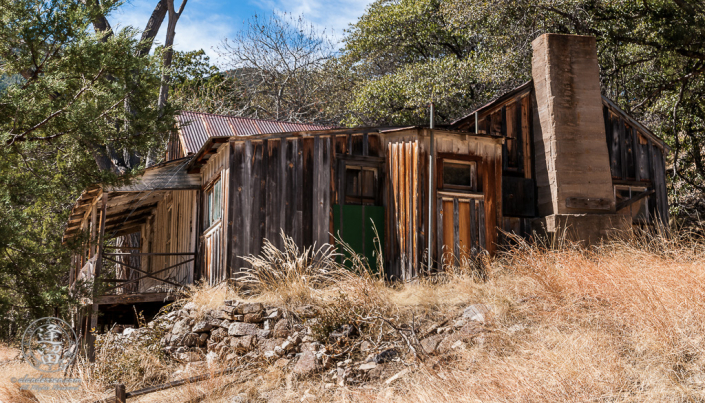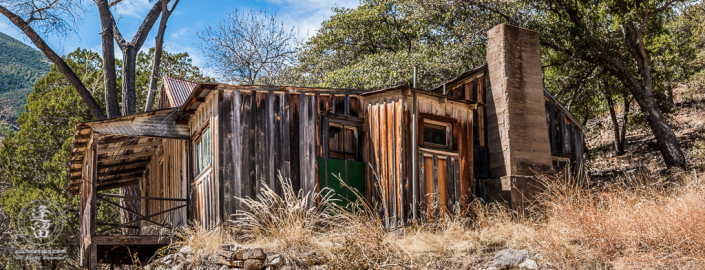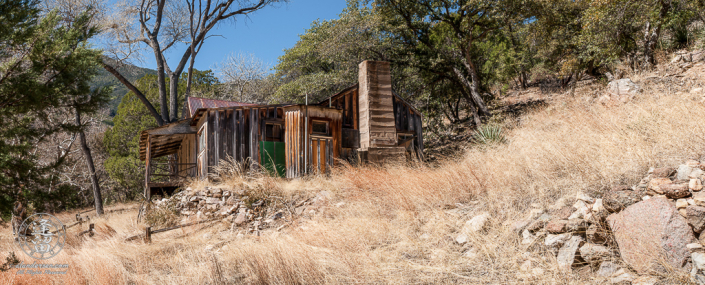Southeastern Arizona is a special place where several ecosystems merge together. The Sierra Madre and Rocky mountains meet here and extend rocky fingers into each other’s territory. The Sonora and Chihuahua deserts intertwine around the base of these ranges, isolating them from each other to create “sky islands” of unique habitat.
The Huachuca mountains which kiss the international border between Mexico and the United States are one of these sky islands. and there you’ll find Ramsey Canyon, a very unique place that due to its geology and geography plays host to some of the most diverse wildlife in the Arizona.
For example, did you know Ramsey Canyon has 15 species of hummingbird and receives visits from dozens of species who’s home is Mexico? No wonder it bills itself as the “Hummingbird Capitol of the World.”
The Huachuca Mountains are also part of the Upper San Pedro River Basin, one of the few rivers that flow South to North. It provides a corridor for wildlife to flow from the tropics of Mexico to the Apache Highlands in Arizona. Coatis are common here and we even see the occasional Spotted Ocelot and Jaguar.
Native Americans were the first to settle in Ramsey Canyon. The Pueblo, Ootam, Sobaipuri, and Apache all lived here. By 1890 the Apache were gone, driven out by the increasing number of white men settling the area.
The canyon is named after Gardner Ramsey and his family who were the canyon’s first white settlers, Though primarily a farmer, Ramsey made most of his money by creating a 2.5 mile toll road into the upper reaches of the canyon which provided easy access to the mining town of Hamburg. Mining activity around Hamburg persisted until about 1915 during which time the canyon population peaked between 42 to 100 residents.
Into this busy and boisterous area there arrived in 1884 a wounded civil war veteran named William Berner who was seeking peace and solitude. He started a hotel which first served the miners and then catered to those interested in the serenity, tranquility, and natural beauty that the canyon offered.
Unfortunately, serenity and tranquility proved to be elusive goals within the canyon, which was anything but peaceful, until decades later after Berner’s family bequeathed half of Berner’s holdings to his good friend and doctor, Nelson C. Bledsoe as compensation for Berner’s medical care during the latter years of his life. Bledsoe and his wife, Harriet, loved their peace and solitude and eventually got it as they slowly purchased each expired canyon lease over several decades until they eventually owned all of the upper canyon.
There are other major contributors to the canyon’s history, like John James, Tom St. John, and Judy Simpson. It was Carol and Joan Peabody who’s efforts led to the canyon being declared a Natural Landmark by the National Park Service.
When Dr. Bledsoe died in 1975, he left his 280 acres in the canyon to the Nature Conservancy, who also purchased an additional 20 acres owned by the Peabody’s. The entire upper canyon is now owned and operated by the Nature Conservancy as an area to be used for scientific, educational and aesthetic purposes “without any disturbance whatever of habitat, plant, or animal populations,” per the terms set forth in Dr. Bledsoe’s will.

